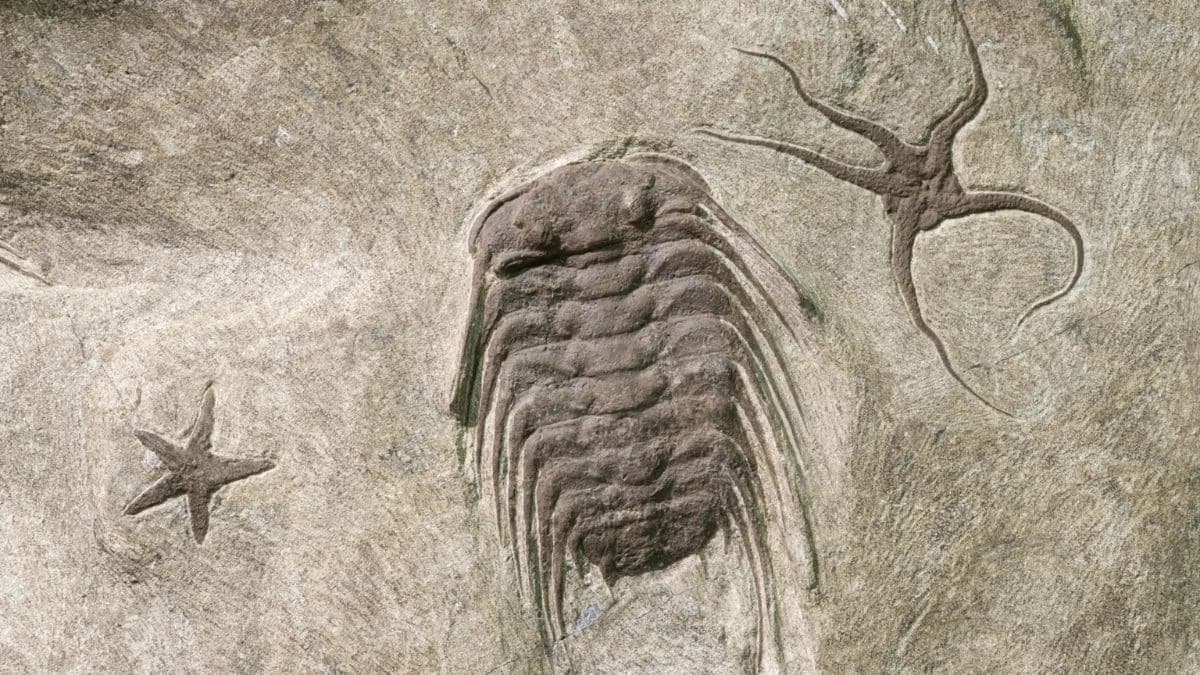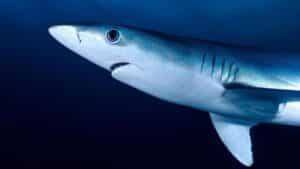The discovery of 545-million-year-old fossil trails has dramatically altered our understanding of evolution’s timeline. Recent research published in the journal Geology suggests that the pivotal Cambrian explosion—when most modern animal body plans emerged—may have occurred much earlier than scientists previously believed. This groundbreaking study offers new insights into early animal anatomy and behavior through innovative analysis of ancient trace fossils.
Rewriting evolutionary history through ancient fossil trails
The traditional narrative places the Cambrian explosion—a period of extraordinary biodiversity expansion—around 530 million years ago. However, new quantitative analysis of trace fossils indicates that complex animals with sophisticated body structures existed approximately 15 million years earlier, during the Ediacaran-Cambrian transition.
Researchers Olmo Miguez Salas from the University of Barcelona and Zekun Wang from London’s Natural History Museum examined fossilized tracks left by ancient organisms in rocks and sediments dating back 545 million years. Their analysis revealed that these creatures likely possessed:
- Hydrostatic coelomic bodies
- Defined anteroposterior axes
- Muscular systems
- Possible body segmentation
- Directional locomotion capabilities
“The trace fossil record provides valuable information about evolutionary periods when soft-bodied fauna were dominant,” explains Miguez Salas, a postdoctoral researcher at Barcelona University. These ichnofossils (trace fossils) offer rare glimpses into the behavior of organisms whose bodies rarely fossilized due to their soft composition.
A Shark That Changes Color Like a Chameleon? It’s Real, and It’s Stunning
Stablecoins by Big Banks Are Coming — Are Regulators Ready?
Innovative methodology reveals ancient animal anatomy
The research team employed a groundbreaking quantitative approach to analyze fossil locomotion traces. Their methodology examined the linear proportionality displayed in trace trajectories of both modern and fossilized animals. This scaling law was then applied to ancient locomotor traces including Archaeonassa, Gordia, Helminthopsis and Parapsammichnites.
While previous studies had identified traces associated with mobile bilateral organisms in Ediacaran fauna, detailed quantitative analyses were lacking. This new approach offers unprecedented insights into early animal body shapes, including crucial characteristics like length, width, and cephalization (head development).
| Trace Fossil Type | Characteristics | Evolutionary Significance |
|---|---|---|
| Archaeonassa | Meandering trails with lateral ridges | Indicates directional movement capability |
| Gordia | Irregularly curved trails | Suggests flexible body structure |
| Helminthopsis | Non-overlapping, meandering patterns | Demonstrates foraging behavior |
| Parapsammichnites | Systematic locomotion tracks | Reveals segmented body organization |
The ecological context of early animal evolution
The transition from Ediacaran to Cambrian periods marked a revolutionary change in Earth’s biodiversity. The Ediacaran period featured predominantly soft-bodied multicellular organisms with unusual body plans. The shift into the Cambrian involved widespread extinction of Ediacaran fauna, followed by rapid diversification of complex multicellular life forms developing hard parts like exoskeletons.
The new study suggests that organisms with slender, mobile body profiles thrived in environments dominated by microbial mats around 545 million years ago. These early animals likely possessed sensory capabilities that allowed them to navigate and feed on heterogeneous substrates. Their adaptive body profiles and enhanced mobility enabled them to flourish in increasingly dynamic environments.
This ecological engineering may have catalyzed evolutionary innovations much earlier than previously thought. As Miguez Salas notes, “The so-called Cambrian explosion and its evolutionary implications may have occurred much earlier than estimated.”
Africa May Be Splitting in Two — Scientists Trace It to a Hidden Force Underground
This Tiny Creature Breaks the Fundamental Laws of Life as We Know It
Future implications for paleontological research
This research establishes an innovative quantitative framework for analyzing fossil locomotion traces, which could revolutionize our understanding of early animal anatomy and paleoecological dynamics. The scaling laws derived from this study enable researchers to examine morphological evolution across different faunal phyla throughout various evolutionary periods.
As Miguez Salas concludes, “This new discovery opens the door to quantitatively study future Ediacara trace fossils discovered in the coming years and to corroborate that the Cambrian explosion did not happen in the Cambrian, but many millions of years earlier.”
The findings may also provide valuable insights into other significant evolutionary events, such as the Great Ordovician Biodiversification Event, reshaping our understanding of life’s evolutionary journey on Earth through the careful analysis of these ancient tracks left in stone.







